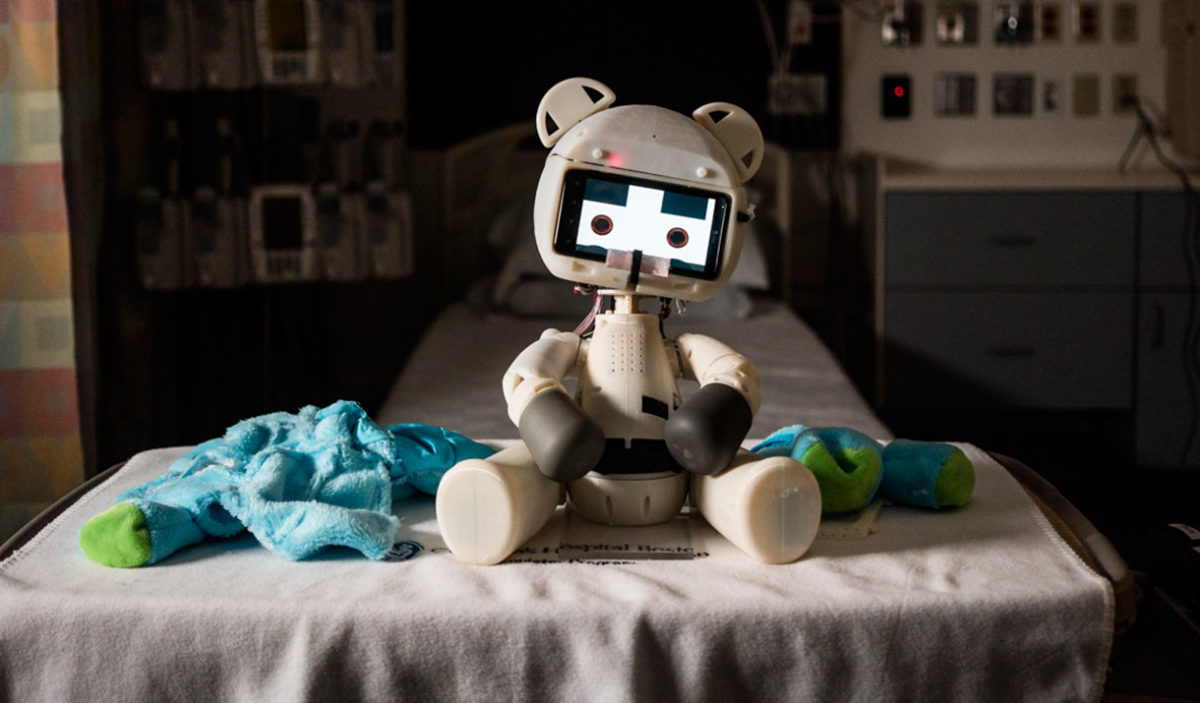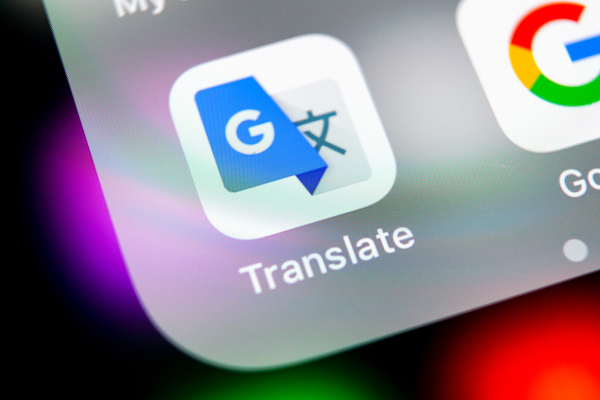In a recent study by MIT Media Lab, researchers have created a robotic teddy bear named Huggable to support pediatric specialists. The purpose of the teddy bear is to increase interaction on an emotional level with hospitalized children. This could help doctors to better understand their emotions, which subsequently could improve the recovery process (The New York Times, 2015).
The experiment was carried out in the pediatric department, where children were randomly appointed to a tablet with the virtual teddy bear, a normal stuffed teddy bear or Huggable, the robotic teddy bear. The experiment has shown improvement on the mental state of the children with the latter intervention. The study has shown results that the robot bear helped to lift up the mood of the child and eased the anxiety. In addition, the pain level was perceived lower by the patient that engaged with the robotic teddy bear (Matheson, 2019).
The teddy bear is currently assisted by a specialist, that talks through the bear with an altered voice and plays with the child. The aim for the future is to develop an automated teddy bear, that also can be brought home to monitor the child. While it interacts with the child, it can simultaneously gather data and information. However, researchers are concerned with the long-term us of the robotic bear. The question is whether the interest for the companion will stay the same after it is brought home (Matheson, 2019).
Eventually, the technology will improve and these robots can respond better to the needs of the patients. Moreover, not only does the robot have a therapeutic value for children but it could also serve as a companion for elderly that are coping with isolation. There certainly will be a lot more opportunities for the deployment of social robots in the health care industry.
Sources:
Matheson, R. (2019).Study: Social robots can benefit hospitalized children.[online] MT News. Available at: http://news.mit.edu/2019/social-robots-benefit-sick-children-0626. [Accessed 8 Oct. 2019]
The New York Times.(2015).A Talking Teddy Bear Practicing in the Pediatric Hospital.[online] Available at: https://www.nytimes.com/2015/06/04/technology/huggable-robot-therapeutic-value-hospitals.html[Accessed 8 Oct. 2019]


